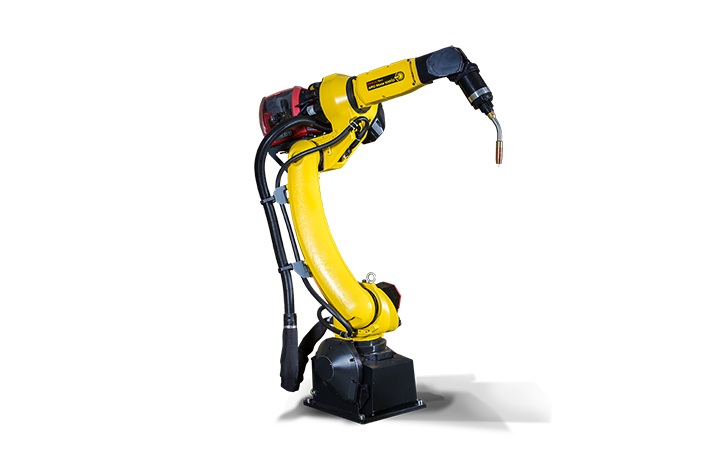
Hexagon, a leader in digital reality solutions, has announced a groundbreaking innovation in battery cell design in collaboration with Fraunhofer ITWM. This new solution combines Fraunhofer ITWM’s advanced Battery and Electrochemistry Simulation Tool (BEST) with Hexagon’s Digital Materials suite, aiming to revolutionize battery R&D processes.
The solution addresses the challenges of traditional battery development, which involves lengthy experimental design and physical testing. By integrating electrochemical simulations with manufacturing process analysis, it creates a “virtual laboratory” for efficient multi-physics exploration. This integration allows users to model battery materials, simulate their behavior, and assess the impact of design and manufacturing changes on performance and safety—all through a unified interface.
Key features include:
- Performance Optimization: The tool supports enhanced energy efficiency, lifespan, and charging protocols by optimizing materials and configurations like particle size distribution.
- Manufacturing Analysis: It evaluates how manufacturing processes influence microstructures and enables reverse engineering of cells from CT scans using Hexagon’s VGSTUDIO MAX.
- Safety and Ageing Insights: It helps investigate battery aging and safety to inform optimal charging protocols.
The solution’s ability to simulate various battery chemistries, including lithium-ion, zinc, and sodium configurations, makes it versatile for multiple industries. Furthermore, its integration with Digimat enables users to simulate not just electrochemical properties but also mechanical behaviors for better safety and structural analysis.
Guillaume Boisot of Hexagon highlighted the complexity of battery development and how this tool reduces reliance on trial and error, accelerating innovation. Subham Sett emphasized the importance of battery performance in competitive markets, particularly in automotive, and how this comprehensive solution provides a holistic view of multiphysics interactions. Dr. Jochen Zausch of Fraunhofer ITWM expressed enthusiasm for the collaboration and its potential to advance battery innovation.
In conclusion, this integrated simulation workflow represents a significant step forward for battery R&D, offering faster, more accurate, and cost-effective development paths for next-generation batteries.






